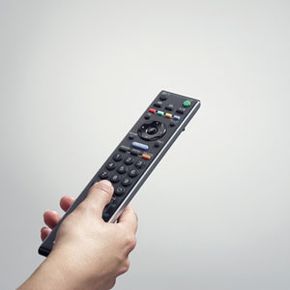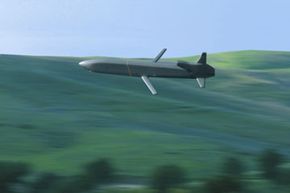Remote controls are one of the most ubiquitous symbols of our modern technologies. Serious electronics connoisseurs might have a dozen remotes scattered on their coffee tables for their entertainment system; even your friends who are less fond of electronics likely have a handful of remotes at their disposal, controlling everything from TVs and air conditioners to car door locks. And of course, all of us probably have at least one or two remotes permanently lost amid an army of dust bunnies under the couch.
Although remotes are most closely linked to television control in popular culture, these devices actually predate TV. In fact, remote controls are an invention born in the 1800s.
Advertisement
Renowned Serbian-American inventor Nikola Tesla created one of the world's first wireless remote controls, which he unveiled at Madison Square Garden in New York City in 1898. He called his fledgling system, which could be used to control a range of mechanical contraptions, a "teleautomaton." For his demonstration, Tesla employed a miniature boat controlled by radio waves. The boat had a small metal antenna that could receive exactly one radio frequency.
Tesla sent signals to the boat using a box -- his version of a remote control -- equipped with a lever and a telegraph key (originally designed to send Morse code signals). The signals generated from this box shifted electrical contacts aboard the boat, which, in turn, adjusted settings for the rudder and propeller, allowing the operator to control the boat's motion.
Financially, Tesla's remote-controlled boats were a flop. His intended client, the U.S. Navy, thought the technology was too flimsy for war. But the concept of remote control caught on and quickly spread to many other types of equipment.
Shortly after Tesla's breakthroughs, Spanish engineer Leonardo Torres-Quevedo used wireless telegraph transmitters to control first a tricycle, then an engine-powered boat, and even submarine torpedoes.
The work of these inventors was a harbinger of things to come. In World War I, the German navy used remotely controlled boats loaded with explosives to attack opposition ships. It was the advent of a new type of warfare, in which armed forces could direct armaments from a distance. During World War II, the German and American armed militaries also experimented and deployed a range of guided missiles and torpedoes.
In the 1930s and 1940s, a few consumer electronics, such as garage door openers and model airplanes, arrived with remote controls. Other products soon followed suit, but this was still just the beginning for remotes, which have radically altered our technological landscape.
Advertisement




